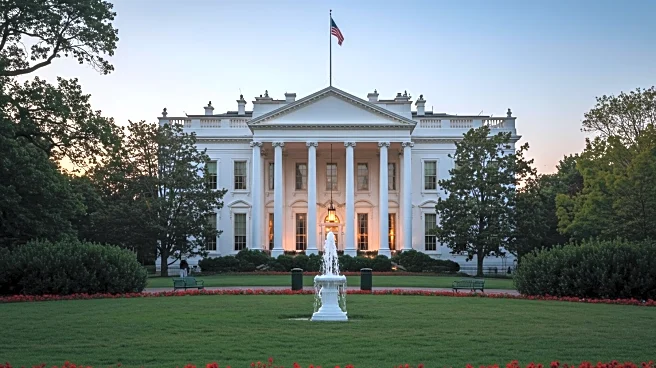What's Happening?
President Trump has decided against expanding the White House press briefing room, stating he does not want reporters to be comfortable. This decision was made during a press conference where Trump humorously addressed the cramped conditions of the current briefing room, which has limited seating and standing space. The James S. Brady Press Briefing Room, located in the West Wing, is valued for its proximity to the Oval Office despite its size constraints. The idea of moving the press corps to a larger space, such as the Old Executive Office Building, has been considered but not implemented, partly due to opposition from the White House Correspondents’ Association.
Why It's Important?
The decision to maintain the current size of the briefing room reflects President Trump's approach to media relations and his administration's priorities regarding press access. The cramped conditions symbolize the ongoing tension between the press and the presidency, highlighting issues of transparency and accessibility. The choice to keep the briefing room as is may impact the dynamics of press coverage and the administration's communication strategy, as reporters continue to navigate the physical limitations of the space.
Beyond the Headlines
The decision not to expand the briefing room may have deeper implications for the relationship between the presidency and the press. It underscores the administration's control over media access and the physical environment in which news is reported. This move could be seen as part of a broader strategy to manage press interactions and maintain a certain level of control over the narrative coming from the White House.















